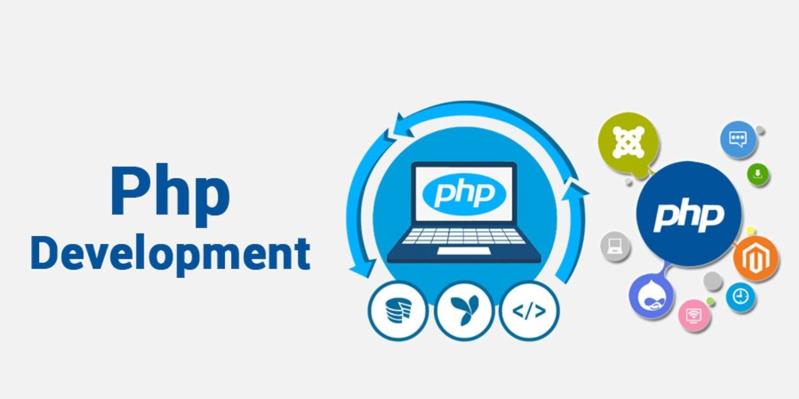Index Surge: Amplifying Your Insights
Stay updated with the latest trends and news across various industries.
PHP Shenanigans: Debugging Tales from the Trenches
Uncover hilarious PHP debugging stories and tips that turn coding chaos into triumph. Join the adventure in the world of PHP Shenanigans!
Top 5 PHP Debugging Techniques Every Developer Should Know
Debugging is an essential skill for any PHP developer, as it allows you to identify and fix issues in your code efficiently. Here are the Top 5 PHP Debugging Techniques you should know:
- Var_dump(): This built-in function displays structured information about one or more variables, making it easier to understand their type and value during execution.
- Error Reporting: Enabling error reporting by using
error_reporting(E_ALL)andini_set('display_errors', 1)ensures that all errors are displayed, helping you track down problems quickly. - Xdebug: This powerful debugging tool extends PHP’s capabilities, allowing for stack traces, profiling, and remote debugging.
- Logging: Implementing logging within your application can provide insights into application behavior in production environments without interrupting user experience.
- Unit Testing: Writing unit tests helps catch bugs early in the development process, making sure that your code functions as expected.

Common PHP Errors and How to Fix Them: A Guide for Beginners
As a beginner in PHP, encountering errors is a common part of the learning process. Some of the common PHP errors include syntax errors, runtime errors, and logical errors. Syntax errors occur when there's a mistake in the code structure, such as a missing semicolon or bracket. To fix these, double-check your code for typos and ensure that all necessary punctuation is included. On the other hand, runtime errors can arise when the script is executed, often due to issues like dividing by zero or referring to undefined variables. Utilizing debugging tools like var_dump() can help identify the root cause of these errors.
Another frequent issue PHP beginners face is the undefined variable error. This error typically happens when you attempt to use a variable that hasn't been initialized. To resolve this, it's essential to initialize all your variables before using them. You can also check for the variable's existence using functions like isset() or empty() to avoid these errors. Lastly, keeping your PHP error reporting turned on during development will help you quickly identify and correct any issues, thus enhancing your coding skills over time.
How to Use Xdebug for Effective PHP Debugging: A Step-by-Step Tutorial
Xdebug is a powerful tool that enhances PHP debugging and provides a wealth of features such as stack traces, enhanced variable displays, and profiling capabilities. To get started with Xdebug, first ensure that it is installed and configured properly in your PHP environment. You can check your installation by creating a simple PHP file containing phpinfo() and looking for the Xdebug section. Once confirmed, the next step is to enable remote debugging by adding the following lines to your php.ini file:
- zend_extension=/path/to/xdebug.so
- xdebug.remote_enable=1
- xdebug.remote_host=127.0.0.1
- xdebug.remote_port=9000
After configuring Xdebug, you can initiate a debugging session via your preferred IDE or editor. Most modern IDEs like PHPStorm or Visual Studio Code have built-in support for Xdebug, allowing you to set breakpoints and inspect code execution seamlessly. Simply start a debugging session in your IDE, and the execution of your PHP script will pause at the specified breakpoints, giving you a chance to inspect variables and the call stack closely. This level of insight is invaluable as it enables you to identify bugs and performance bottlenecks effectively, ultimately enhancing your PHP development workflow.